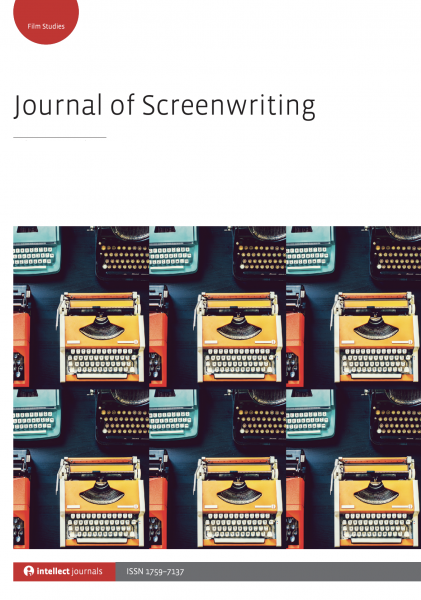Subscribe to Rosanne’s Channel and receive notice of each new video!
When the folks hosting the conference announced their theme as “Screen Narratives: Chaos and Order” the word ‘chaos’ immediately brought to mind writers rooms. I offered a quick history of writers rooms (the presentations are only 20 minutes long) and then quoted several current showrunners on how they compose their rooms and how they run them.
Transcript:
In this particular episode, I was doing a piece about a married couple that I were using their children as weapons during the divorce and I wanted that lesson to be don’t do that and I had to bring in memories of Mrs. Doubtfire because on my show I was afraid the answer would be don’t get divorced and that’s not an honest answer to young children whose parents are getting divorced. So happily when Robin Williams did this film he only agreed to do it if in the end the couple never got back together. Since he was a divorced man and he didn’t want to lie to his kids. So i took that lesson and I made sure that one of the parents was already remarried so I thought that was kind of fun but I had to go around the desires of my executive producer in order to make sure that I got what I wanted right? So you have to learn the people in the room.
For more information on the Screenwriting Research Network, visit
* A portion of each sale from Amazon.com directly supports our blogs
** Many of these books may be available from your local library. Check it out!
Podcast: Play in new window | Download
Subscribe: RSS
![23 Being True To Your Ideas from How The Chaos Of Collaboration in the Writers Room Created Golden Age Television [Video]](https://rosannewelch.com/wp-content/uploads/2021/08/srn-porto-23.jpg)




![22 Getting What You Want In The Room from How The Chaos Of Collaboration in the Writers Room Created Golden Age Television [Video]](https://rosannewelch.com/wp-content/uploads/2021/07/srn-porto-22.jpg)

![21 In The Room Where It Happens from How The Chaos Of Collaboration in the Writers Room Created Golden Age Television [Video]](https://rosannewelch.com/wp-content/uploads/2021/07/srn-porto-21.jpg)

![20 A-Not-So Safe Space on Friends from How The Chaos Of Collaboration in the Writers Room Created Golden Age Television [Video]](https://rosannewelch.com/wp-content/uploads/2021/07/srn-porto-20.jpg)
![19 Make It A Safe Space from How The Chaos Of Collaboration in the Writers Room Created Golden Age Television [Video]](https://rosannewelch.com/wp-content/uploads/2021/07/srn-porto-19.jpg)

